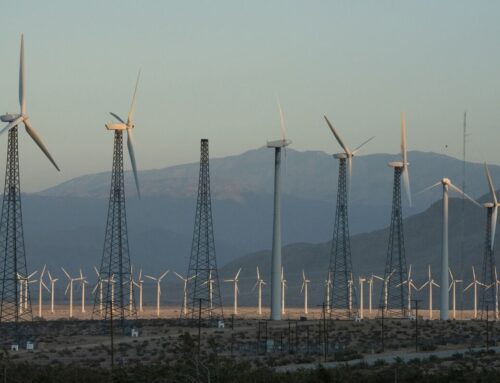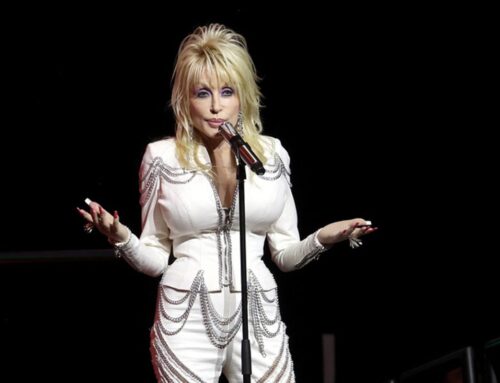Apple Stock vs. Tesla Stock: Billionaires Buy One and Sell the Other
April 1, 2025
Apple (AAPL 2.26%) and Tesla (TSLA -1.29%) are two of the popular stocks among individual investors, but the hedge fund billionaires listed below sold one and bought the other in the fourth quarter.
- Izzy Englander of Millennium Management cut his stake in Apple by 9%. He also increased his stake in Tesla by 195%, such that it ranks among his top 10 positions excluding options.
- Dan Loeb of Third Point sold his entire stake in Apple. He also increased his stake in Tesla by 25%, such that it ranks among his top 20 positions.
- David Shaw of D.E. Shaw trimmed his stake in Apple by 30%. He also increased his stake in Tesla by 188%, such that it ranks among his top five positions.
Millennium and D.E. Shaw rank among the three most profitable hedge funds in history, according to LCH Investments. That makes them good sources of inspiration for individual investors. But the trades above occurred in the fourth quarter, which ended three months ago.
Read on for a more current look at Apple and Tesla.

Image source: Getty Images.
Apple: The stock certain billionaires were selling
The investment thesis for Apple centers on its leadership position in smartphones sales. The company has immense pricing power because of design expertise spanning hardware and software, such that the average iPhone sold for three times more than the average Samsung smartphone last year, according to Counterpoint Research.
Apple complements its products with a broad range of services: App Store, Apple Care, iCloud storage, and Apple Pay, as well as subscription products such as Apple TV+ and Apple Music. Many analysts envisioned a new wave of artificial intelligence (AI) services and a massive iPhone upgrade cycle after ChatGPT popularized generative AI, but Apple has failed to deliver.
The company last October introduced a suite of AI features called Apple Intelligence for newer iPhone models. However, consumers have shown little interest, and the upgrade cycle so many analysts anticipated has yet to materialize. Personally, I’m not surprised. I never considered upgrading my iPhone to a supported model. The AI features would have to be incredible for that to be a priority.
On that note, Apple Intelligence was supposed to include features for the conversational assistant Siri, but those particular upgrades were conspicuously absent after the initial launch. Apple says it anticipates “rolling them out in the coming year,” but the AI-infused Siri may need to be rebuilt from scratch, which could further delay its launch, according to a Bloomberg report in March.
Apple reported lackluster financial results in the first quarter of fiscal 2025, which ended in December. Total revenue increased 4% to $124 billion, with services sales increasing 14% and iPhone sales declining 1%. GAAP earnings still increased 10% to $2.40 per diluted share, but stock buybacks rather than revenue growth were the primary reason for that strength.
Wall Street expects Apple’s earnings to increase 8% in the next four quarters. That makes the current valuation of 31 times earnings look fairly expensive. Admittedly, the median target price among Wall Street analysts is $255 per share, which implies 17% upside from its current share price of $218. But I think investors should hold off on buying the stock right now.
Tesla: The stock certain billionaires were buying
Tesla recorded its first-ever decline in annual deliveries last year, and price cuts meant to boost demand hurt profits. That led to market share losses and a series of disappointing financial results. Revenue rose 2% to $25.7 billion in the fourth quarter, operating margin contracted 2 points, and non-GAAP net income rose 3% to $0.73 per diluted share.
Unfortunately, market share losses have accelerated in 2025, possibly because CEO Elon Musk has become a political figure. Sales in Europe declined 50% in January and 47% in February, according to The Wall Street Journal. In addition, Tesla lost 4 percentage points of market share in China during the first two months of the year.
There is some good news. Musk told analysts on the fourth quarter earnings call, “We are still on track to launch a more affordable model in the first half of 2025 and will continue to expand our lineup from there.” Less expensive and newer vehicles could boost demand, though to what extent depends on how much politics becomes a problem for the company.
Perhaps more important, Musk says Tesla will launch autonomous ride-sharing (robotaxis) in Austin in June and “several other cities in America by the end of this year.” Adam Jonas at Morgan Stanley last year wrote, “We believe Tesla has many attributes that can make it a formidable player (if not an outright winner) in the race to autonomy.”
The consensus earnings estimate among analysts has fallen sharply as demand and politics have become more pressing problems. Wall Street now expects Tesla’s earnings to grow at 22% annually through 2026, down from 29% annually three months ago. Comparatively, the current valuation of 108 times earnings looks expensive, especially when Tesla missed the consensus estimate in five of the last six quarters.
Admittedly, analysts may upwardly revise their forecasts if demand improves once more affordable vehicles are available. The same thing could happen once Tesla successfully brings robotaxis to market. But those contingencies could also work against the company if it fails to follow through, and that makes the stock risky.
To that end, I would not be surprised if the hedge fund billionaires that bought Tesla stock in the fourth quarter of 2024 also sold the stock in the first quarter of 2025.
Search
RECENT PRESS RELEASES
Related Post




